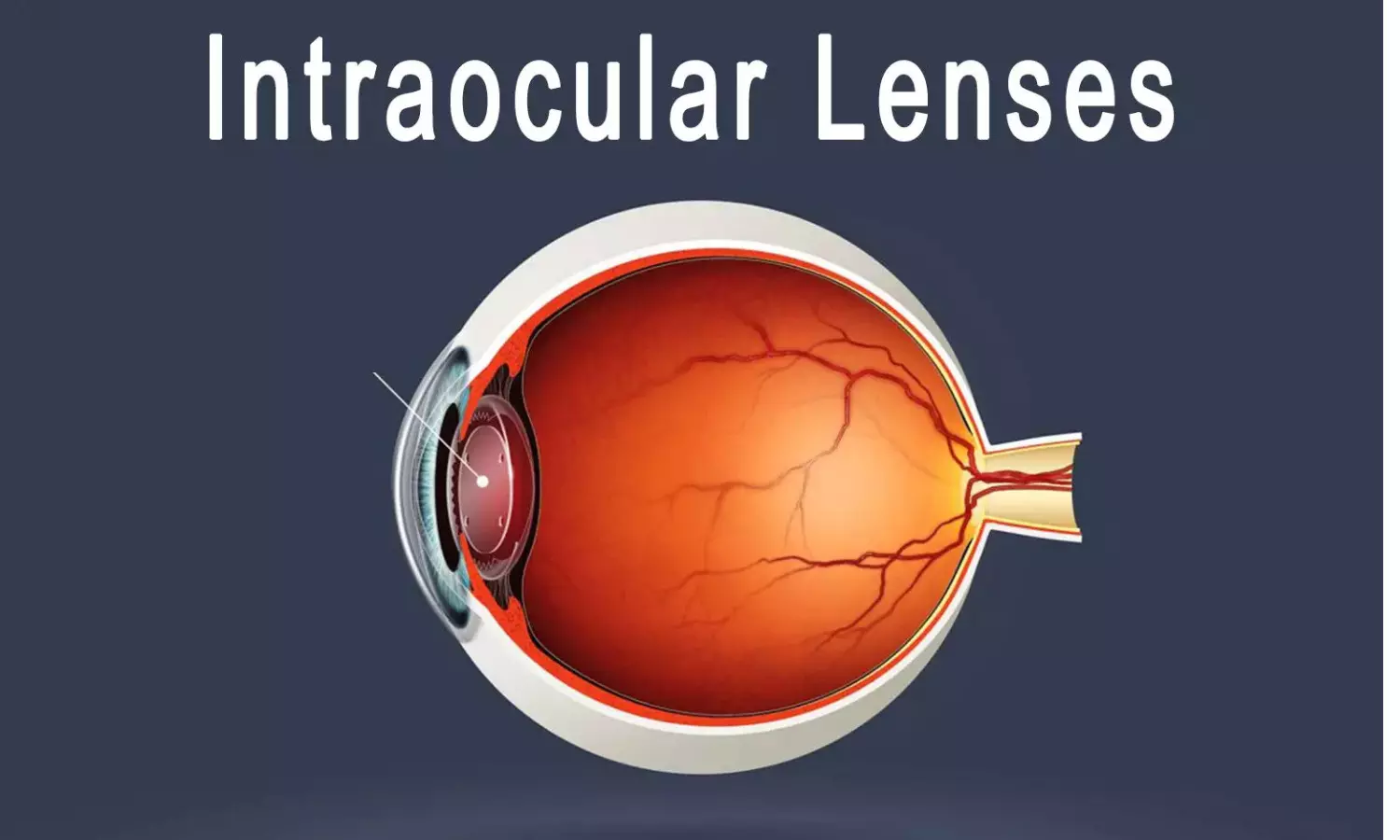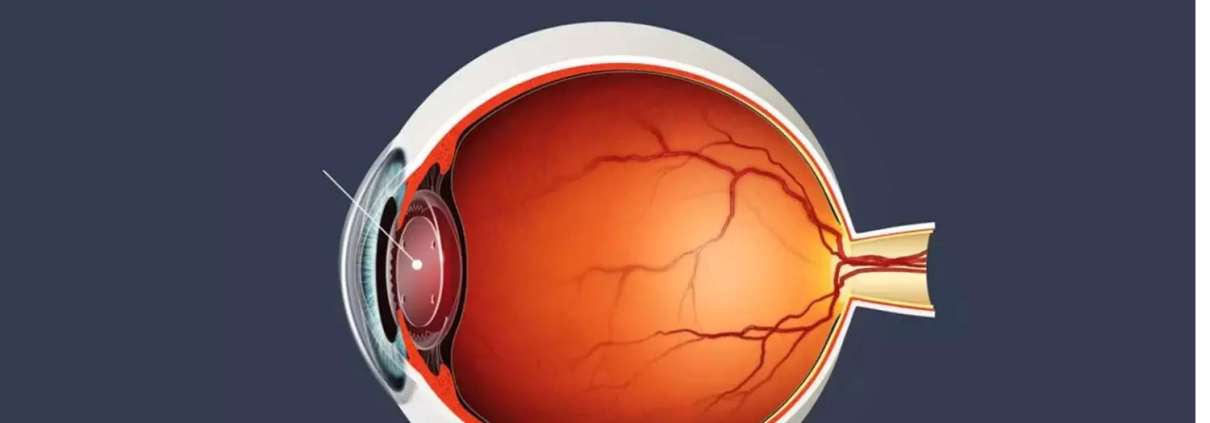EDOF intraocular lens effective and acceptable in patients with previous vitrectomy

A recent study explored the satisfaction levels of patients who underwent extended depth-of-focus (EDOF) intraocular lens (IOL) implantation following vitrectomy, shedding light on its efficacy and patient-reported outcomes in a younger demographic. This study was published in the journal Graefe’s Archive for Clinical and Experimental Ophthalmology by Willem Hoe and colleagues.
The study involved individuals aged 18 to 75 who had undergone phaco-vitrectomy or phaco after vitrectomy using the AT LARA EDOF IOL. Patients completed a questionnaire evaluating overall visual quality, near vision quality, visual disturbances, based on established survey models like Catquest, NAVQ, and APPLES.
-
Participant Demographics: Out of 89 respondents (average age 56.7 years), 53.9% received a unilateral EDOF IOL.
-
Indications for Vitrectomy: Common reasons for vitrectomy included retinal detachments, floaters, and epiretinal membranes.
-
Satisfaction Scores: The Catquest and NAVQ scores indicated high overall satisfaction, good intermediate vision, and moderate near vision.
-
Visual Disturbances: The APPLES score suggested acceptable levels of visual disturbances post EDOF IOL implantation.
-
Comparison Between Groups: No significant differences were observed in satisfaction rates between unilateral and bilateral EDOF IOL groups, except for higher spectacle dependence in the unilateral group (40% vs. 10.6%).
-
Impact of Floaters: Participants who underwent vitrectomy for floaters reported comparatively lower satisfaction rates.
-
Effect of Pre-operative Refraction: Pre-operative refraction did not impact satisfaction or visual disturbances significantly.
The study indicates that both unilateral and bilateral AT LARA EDOF IOL implantations post vitrectomy resulted in high satisfaction levels among participants. Despite a slight disparity in spectacle dependence between unilateral and bilateral groups, overall satisfaction remained comparable. This suggests that AT LARA EDOF IOLs could be a viable option for younger individuals undergoing vitrectomy, even for unilateral use.
Reference:



